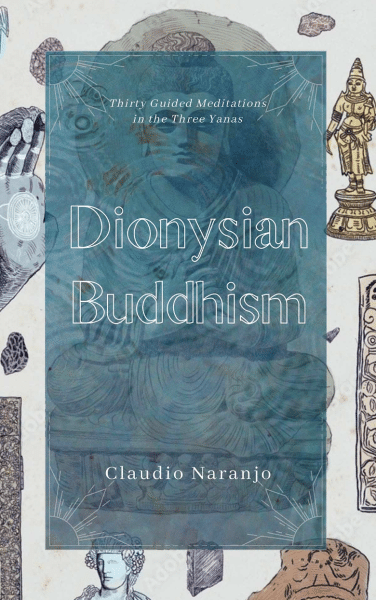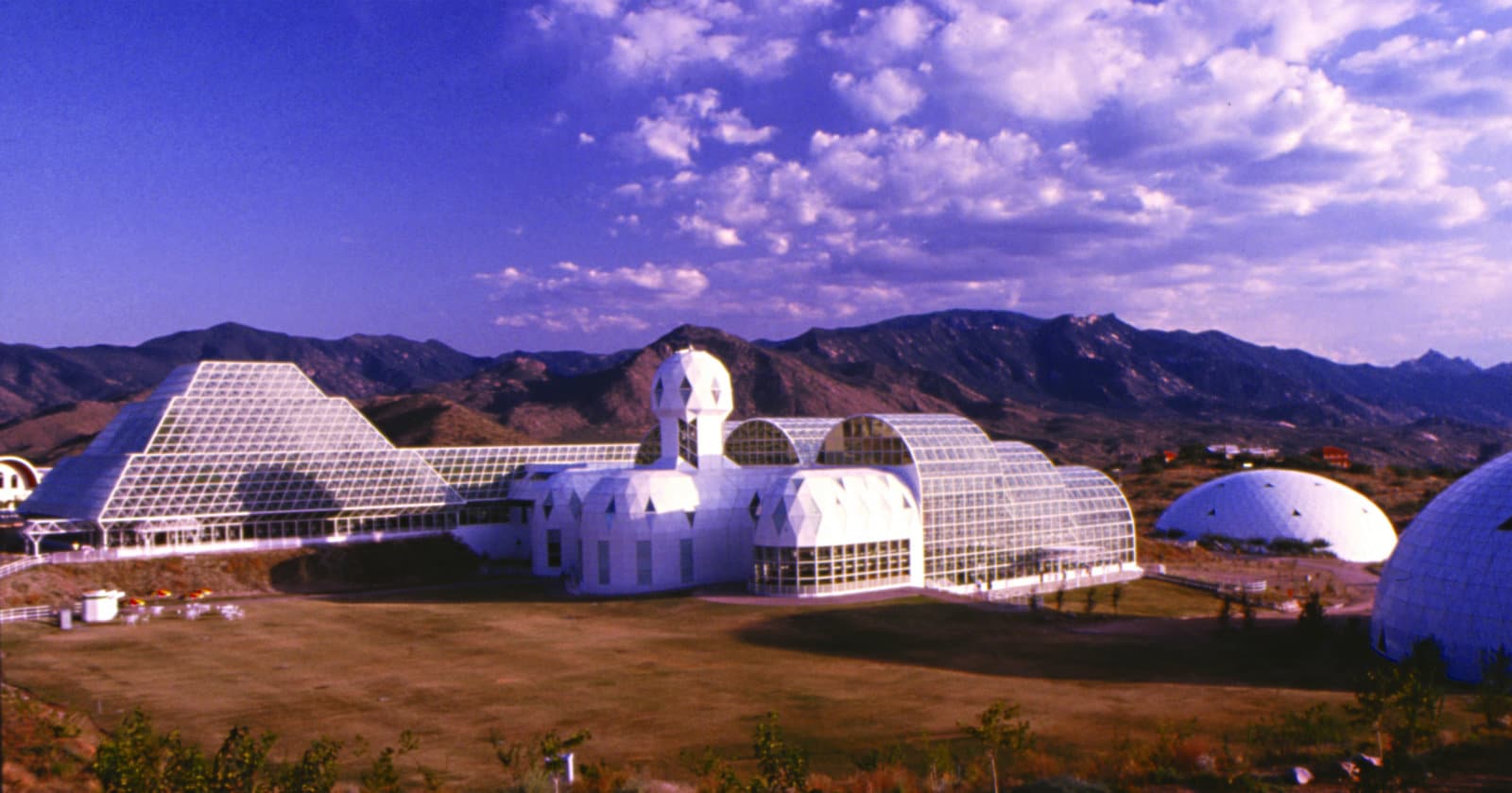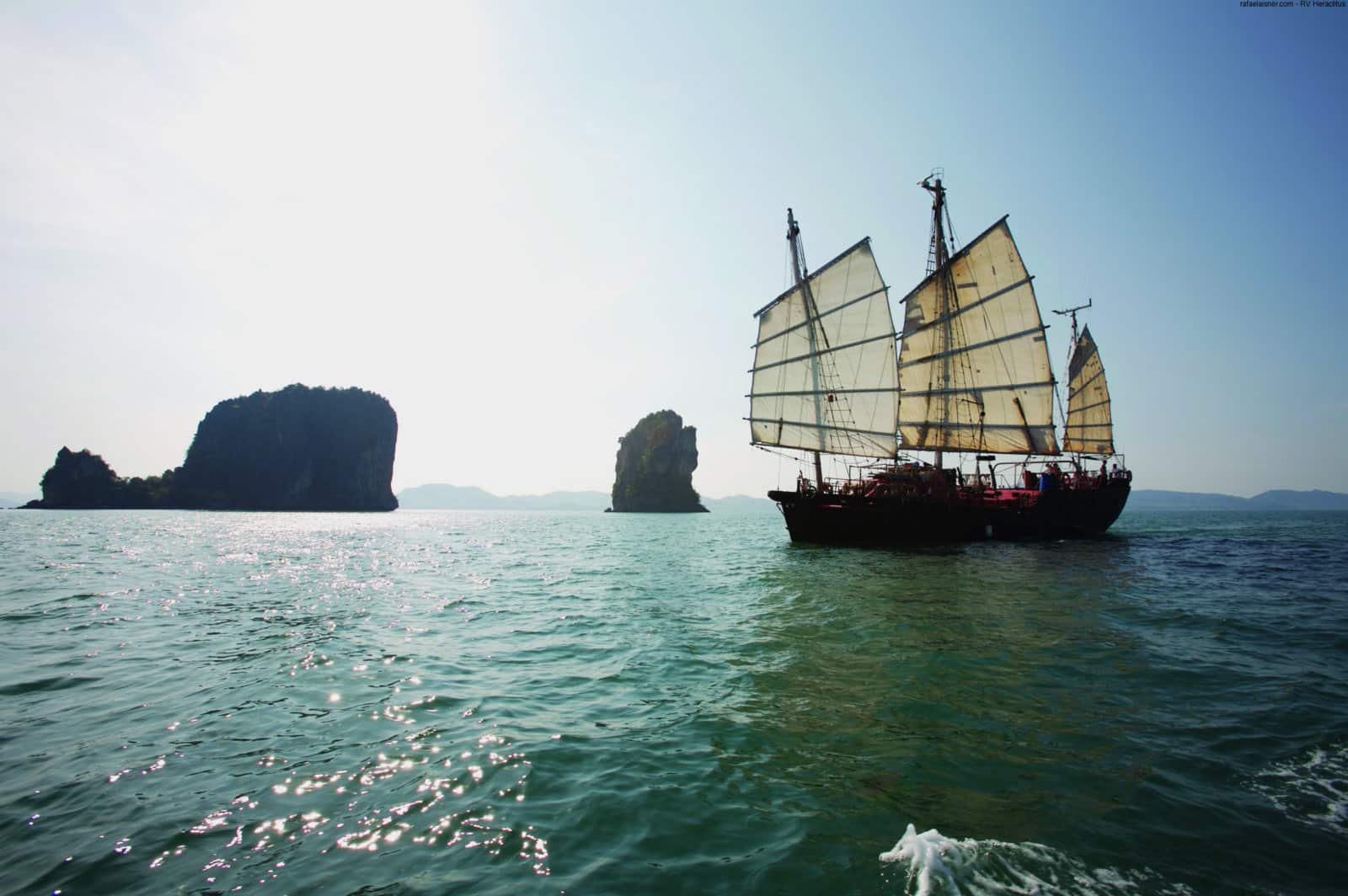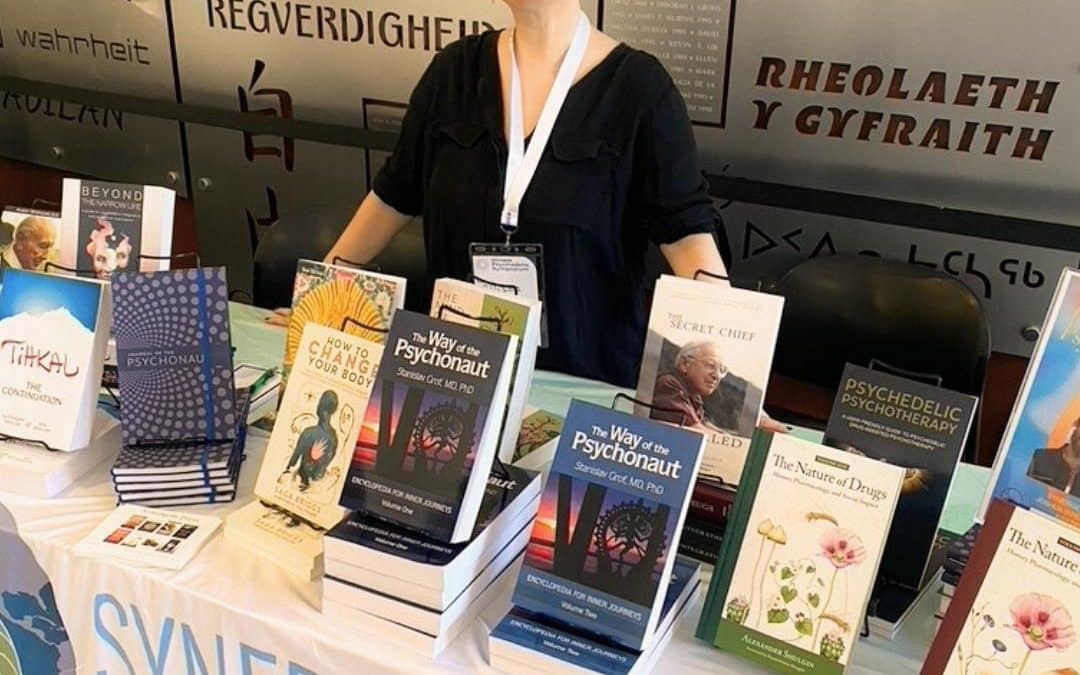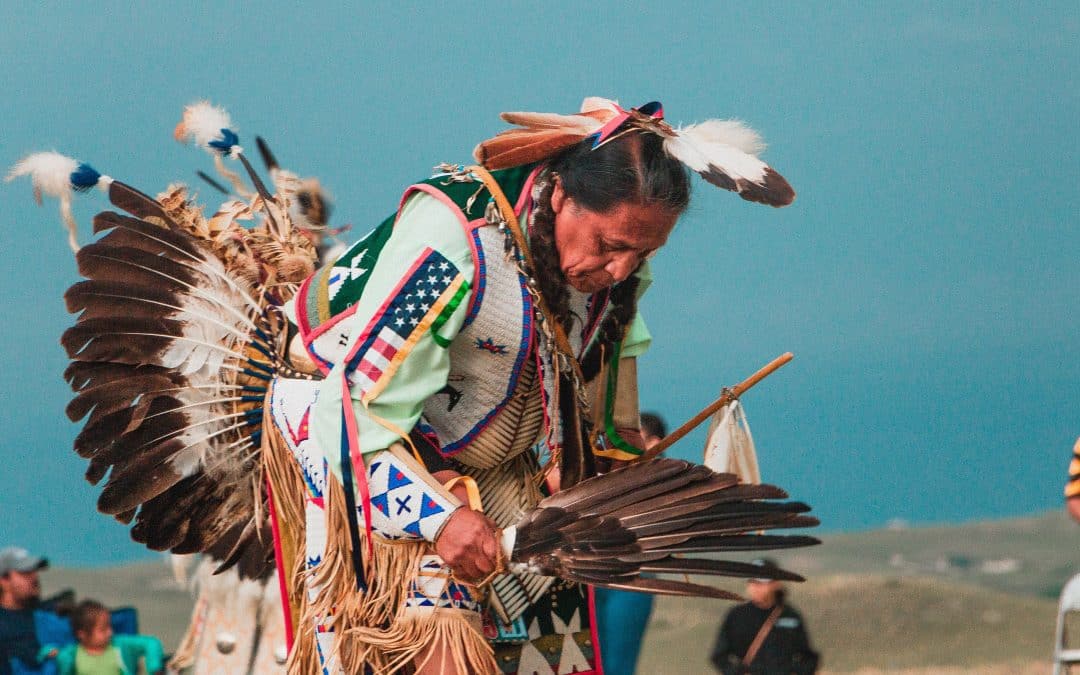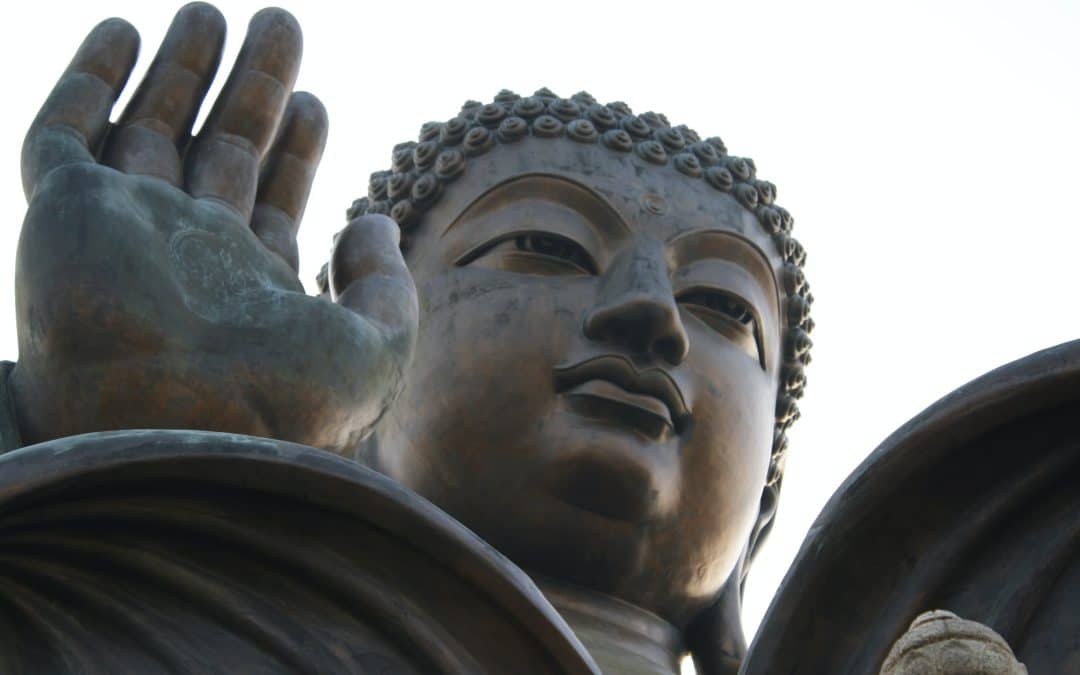
Celebrating Bodhi Day: A Journey to Enlightenment
In the serene tapestry of spiritual observances, Bodhi Day, celebrated on December 8th, emerges as a reminder of enlightenment and compassion. It transports us to the pivotal moment when Siddhartha Gautama, later known as the Buddha, attained profound insight under the Bodhi Tree. Let’s delve into the heartfelt essence of Bodhi Day, exploring the transformative journey of Siddhartha and the sincere observance of this sacred day in Japan.
At the heart of Bodhi Day lies the courageous decision of Siddhartha Gautama to renounce his princely life in pursuit of a deeper truth. The quiet town of Bodh Gaya witnessed his 49-day meditation beneath the sacred Peepal tree, culminating in enlightenment at the age of 35. Siddhartha, now the Buddha, unraveled the interconnectedness of all life, laying the foundation for the Four Noble Truths and the Eightfold Path—a guide to a life of compassion and wisdom.
Buddhists worldwide commemorate Bodhi Day with a deeply heartfelt approach. It is a day of reflection, meditation, and introspection, emphasizing the study of ‘dharma’ (universal truth or law). The chanting of sutras and acts of kindness towards all living beings infuse the day with a spirit of compassion—a core aspect of the Buddha’s teachings.
In Japan, where Buddhism has woven itself into the fabric of the culture, Bodhi Day is observed with sincere reverence. While not an official holiday, approximately 34% of the population, who identify as Buddhists, engage in the observance of this sacred day.
Traditional celebrations in Japan embody a blend of reverence and cultural significance. Some choose to honor the day with a traditional meal of tea and cakes, symbolizing simplicity and humility. Throughout the month, Bodhi tree plantings and tea ceremonies bring communities together, fostering a sense of unity and connection.
In major cities like Tokyo and in towns across Japan, the post-celebration ambiance is adorned with incense and multi-colored lights, creating a visually striking representation of the enlightenment that Siddhartha experienced. This display is more than mere aesthetics; it symbolizes a collective commitment to illuminating the world with compassion and understanding.
Like the wise words echoing in Dionysian Buddhism “…although it may seem at first to be a sacrifice to open our eyes — for we have learned to lose touch with ourselves — we will discover that with enough attention to the transition to the external world, we can, when opening the eyes, become a little more awake, and by being more awake, we can also achieve great silence”. Its profound words gives us a guiding beacon on our spiritual journey.
Bodhi Day, beyond its historical significance, resonates as a heartfelt celebration of enlightenment and compassion. It is a time for self-reflection, meditation, and acts of kindness that echo the teachings of the Buddha. As we honor this day, let it serve as a reminder to illuminate our own lives and the lives of others with the radiant light of understanding.
Delve deeper into Buddhist themes by exploring our available collection of books —

Zig Zag Zen: Buddhism and Psychedelics Edited by Allan Badiner and Alex Grey
More than ever, people are in pursuit of greater fulfillment in their lives, seeking a deeper spiritual truth and strategies for liberation from suffering. Both Buddhism and psychedelics are inevitable subjects encountered on the journey to wisdom. Examined together, the reader may understand more deeply the essence of each. Edited by Tricycle contributing editor Allan Badiner and with art edited by renowned visionary artist Alex Grey, Zig Zag Zen features a foreword by Buddhist scholar Stephen Batchelor, a preface by religion historian Huston Smith, and numerous essays, interviews, and art, that lie outside the scope of mainstream anthologies.
Dionysian Buddhism by Claudio Naranjo
Dionysian Buddhism: Guided Interpersonal Meditations in the Three Yanas will assist readers in exploring their own emotional landscapes. This sequence of guided interpersonal meditations by the renowned spiritual teacher and psychotherapist Dr. Claudio Naranjo is structured to guide individuals towards acceptance of what is and to be fully present — to meet pain with joy, expand awareness into consciousness and to learn how to share in the full presence of others.
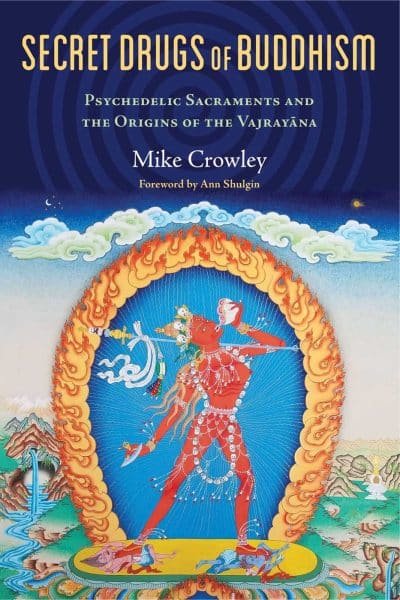
Secret Drugs of Buddhism by Mike Crowley
Secret Drugs of Buddhism is the first book to explore the historical evidence for the use of entheogenic plants within the Buddhist tradition. Drawing on scriptural sources, botany, pharmacology, and religious iconography, this book calls attention to the central role which psychedelics played in Indian religions. It traces their history from the mysterious soma potion, celebrated in the most ancient Hindu scriptures, to amrita, the sacramental drink of Vajrayana Buddhism. Although amrita used in modern Vajrayana ceremonies lacks any psychoactivity, there is copious evidence that the amrita used by the earliest Vajrayana practitioners was a potent entheogen.
